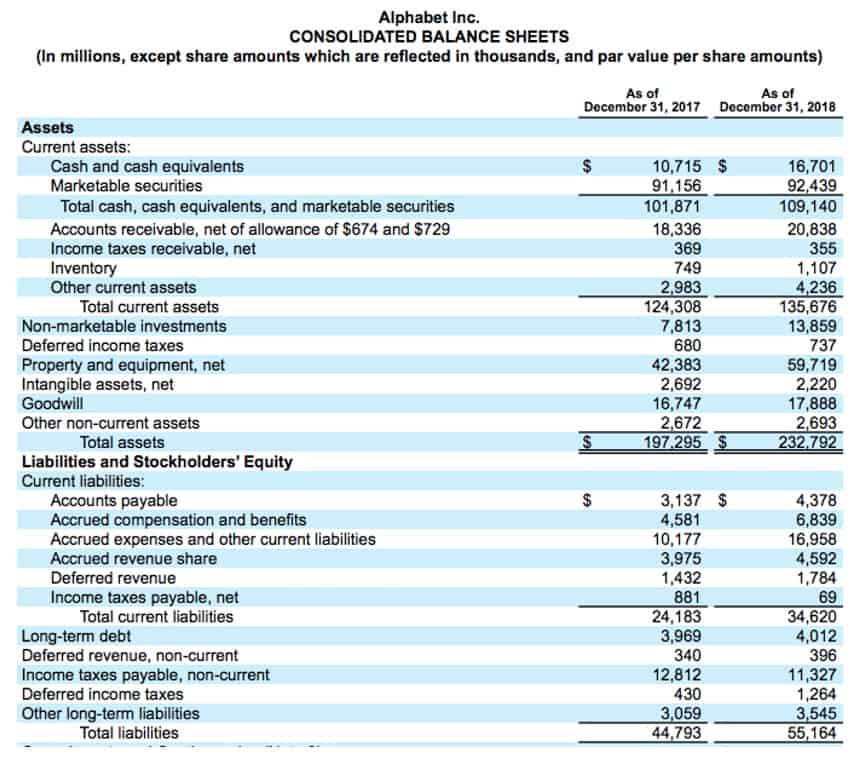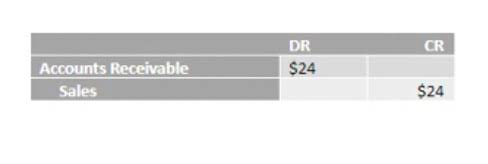
Access to the subledgers and journals is then opened for the next accounting period. Postings can be made (1) at the time the transaction is journalized; (2) at the end of the day, week, or month; or (3) as each journal page is filled. When posting the general journal, the date used in the ledger accounts is the date the transaction was recorded in the journal, not the date the journal entry was posted to the ledger accounts.
- Then on February 4, 2023 you rendered a service to a client for $400.
- No more manually inputting journal entries, thinking twice about categorizing a transaction, or scanning for missing information—someone else will do that all for you.
- He has been a manager and an auditor with Deloitte, a big 4 accountancy firm, and holds a degree from Loughborough University.
- Financial statements are the key to tracking your business performance and accurately filing your taxes.
Posting Low-Volume Transactions

Instead, all information is directly stored in the accounts listed in the general ledger. This is not the case in legacy accounting systems, where they were originally designed https://www.bookstime.com/ to have subledgers. To eliminate posting, a legacy accounting system would need to be completely redesigned. Consequently, a good way to determine the age of a proposed accounting system is to ask the vendor if it still uses posting. Then, credit all of your expenses out of your expense accounts.

Expense Journal

The individual accounts each posting in accounting (like Rent Expense and Cash) have a Ledger where transactions are entered. Individual transactions are entered and a running balance is tracked. In the journal, the posting reference cites the account number to which the entry was posted.
- In contrast to the two-sided T-account, the three-column ledger card format has columns for debit, credit, balance, and item description.
- You don’t need to include the account that funded the purchase or where the sale was deposited.
- It is also called the Book of Original Entry because this is where transactions are initially entered into the accounting system through the process of journalizing.
- However, in a manual accounting system, reconciliation should be done regularly to ensure that the total amounts of the subsidiary accounts are the same as that of their control account.
- To post a journal entry, the first step is indeed to identify the ledger account where the debited account will appear.
Difference Between a Simple & Compound Journal Entry

He has been the CFO or controller of both small and medium sized companies and has run small businesses of his own. He has been a manager and an auditor with Deloitte, a big 4 accountancy firm, and holds a degree from Loughborough University. Postings can be simplified by using accounting software which can automatically update the appropriate account in the general ledger. It indicates that the entry has been posted and what account it was posted to. When account numbers are assigned in the Chart of Accounts, the numbers assigned are based on the account type.

At the end of the financial year, you close your income Certified Public Accountant and expense journals—also referred to as “closing the books”—by wiping them clean. That way, you can start fresh in the new year, without any income or expenses carrying over. The final step is to cross verify the balances and recheck whether there are any mathematical errors; if any of the errors are found, rectify them to maintain proper records. PR is filled with the account number of the respective account found in the ledger. Let’s begin with the first journal entry recorded on February 1, 2023. To understand how the posting process happens, let’s look at some journal transactions as an example.
